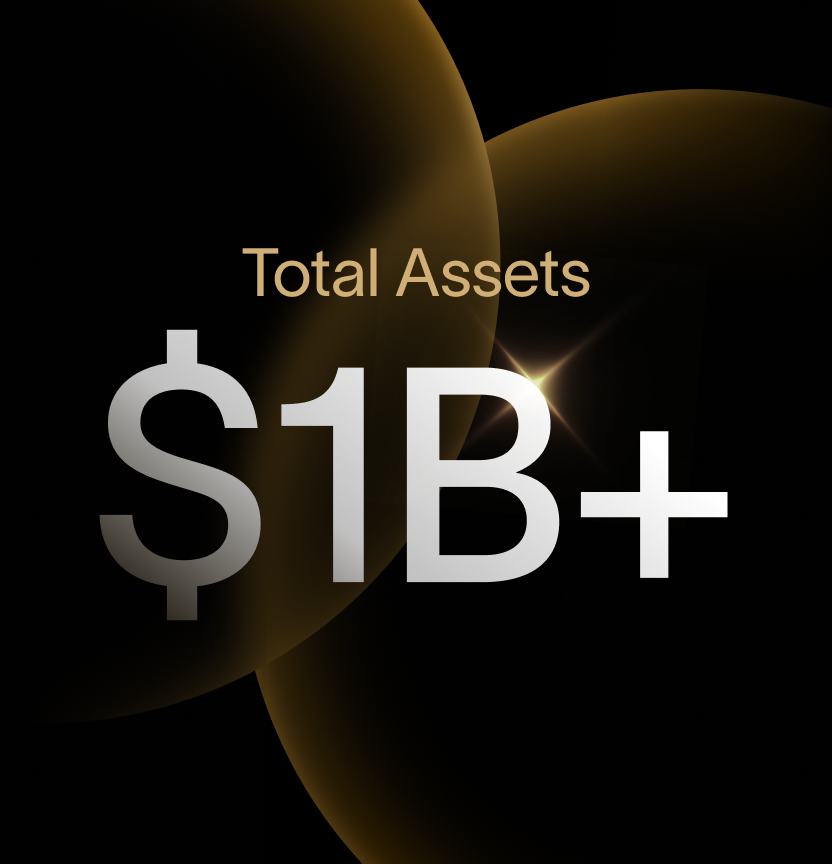Accredited Investors and Qualified Purchasers Made Simple
If you’re making a major investment decision in the US, you may be asked whether you’re an "Accredited Investor" or a "Qualified Purchaser." If this is new territory for you – or if you just can’t remember the details – we have answers for you right here.
Read on for clear definitions, the background behind these terms, and considerations you should be aware of when you dive into the world of sophisticated investments.
Accredited investor definition
According to the SEC definition, you’re an accredited investor if you meet one of the following two criteria:
- Your income for the past two calendar years exceeded $200,000 (or $300,000 combined with your spouse). You should also have a reasonable expectation that your income will continue to meet this required threshold.
- Or your net worth exceeds $1 million, either individually or jointly with your spouse – excluding the value of your primary residence.
This definition of accredited investor comes from the Securities and Exchange Commission (SEC) under Rule 501 of Regulation D. Note that there are different criteria for investment professionals or other entities who wish to be considered an accredited investor.
Qualified purchaser definition
You’re a qualified purchaser if you – or you and your spouse combined – have more than $5 million in investment assets. These assets may be structured or held several different ways, so it may be useful to review the relevant regulations. For example, a family office or estate-planning trust may qualify with $5 million in investments.
For most companies or investment managers, the minimum investment holding to be considered a qualified purchaser is $25 million. The minimum rises to $125 million for a “qualified institutional buyer.” These requirements are defined by the Investment Company Act of 1940.
But what does it actually mean?
Being an accredited investor or qualified purchaser means having access to certain investment opportunities. These two investor definitions were created by different government regulations, but both have the same general objective: to limit who can participate in sophisticated or complex investments that receive less government scrutiny.
Unlike publicly-traded investments, the sorts of private placements and private funds that accredited investors and qualified purchasers may participate in have less transparency, fewer opportunities for liquidity, and can carry higher levels of risk. There’s a public interest in ensuring that investors are capable of assessing these complexities and that they’re able to weather an illiquid investment over time.
There is more to being an accredited investor or qualified purchaser than just meeting the monetary definition as defined by the regulators. These types of investments are for sophisticated investors; those who understand the risks involved with investing in these types of alternative investments and individuals who are knowledgeable about investing in general.
{{black-diversify}}
Comparison: Qualified purchasers vs accredited investors
It’s probably easiest to understand the differences by putting the definitions of these investor qualifications side by side:
When will this come up?
When you’re considering an alternative investment opportunity, the investment manager will ask you to verify your accredited investor or qualified purchaser status before accepting your investment. You will be asked to prove your investment status by documenting your assets. Verification is usually a simple or automated process.
For example, our company offers a sophisticated investment called The Cache Exchange Fund that helps investors with a large stock position diversify their holdings while deferring capital gains taxes. It can be a really valuable tool for reducing concentration risk tax efficiently, but it’s an illiquid investment that requires a long-term investment horizon. Diversification reduces concentration risk, but it does not eliminate investment risk completely. It is still possible to lose principal when you participate in an exchange fund. To participate in the fund, we require investors to verify their accredited investor status using an easy and secure online process that just takes a few minutes.
If you meet the definition of accredited investor or qualified purchaser, it means more doors are open to you. You should walk through them carefully and understand the risks, but these opportunities may help take your portfolio places it couldn’t have gone otherwise. To explore some of these opportunities, take a look at everything a modern brokerage like Cache can help you do.
<div class="blog_disclosures-text">Material presented in this article is gathered from sources that we believe to be reliable. We do not guarantee the accuracy of the information it contains. This article may not be a complete discussion of all material facts, and it is not intended to be the primary basis for your investment decisions. All content is for general informational purposes only and does not take into account your individual circumstances, your financial situation, or your specific needs, nor does it present a personalized recommendation to you. It is not intended to provide legal, accounting, tax or investment advice. Investing involves risk, including the loss of principal.</div>
{{black-diversify}}
Detailed Info
Detailed Info
Detailed Info



























